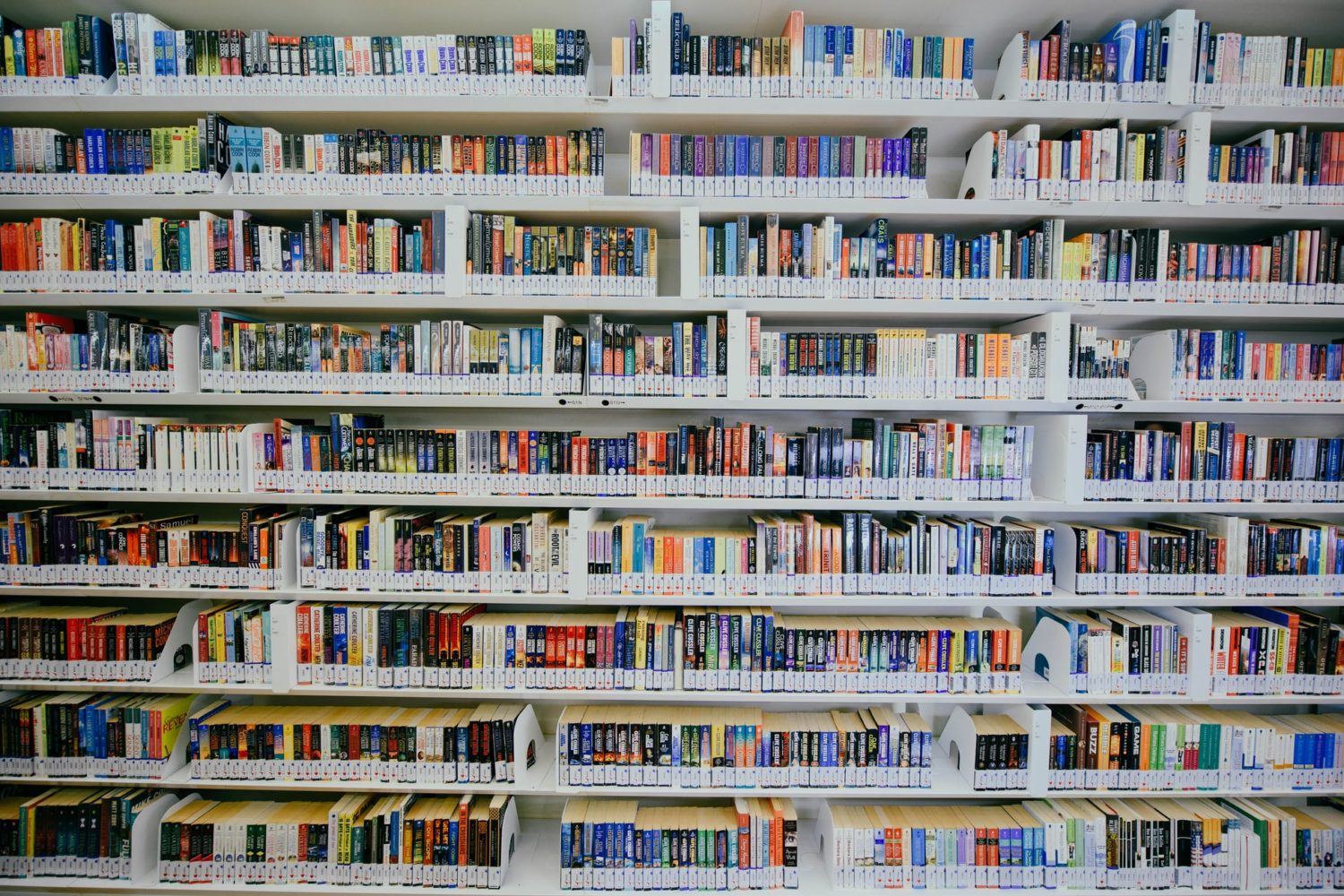In my specialist area, I have focused on inclusive learning design, ensuring that educational environments are accessible to all learners, and critical media literacy, particularly in combating misinformation and disinformation. These areas are critical to addressing the diverse needs of today’s learners and equipping them with the skills necessary to navigate an increasingly complex digital landscape.
Inclusive Learning Design
Inclusive learning design has been a central focus of my work, particularly through my leadership of the Graduate Certificate in Learning Design (GCLD) and the development of an open educational resource (OER) titled “Designing Learning Experiences for Inclusivity and Diversity.”
The GCLD was designed with inclusivity at its core. From the outset, I recognized that many of the learners entering the program came from diverse professional backgrounds, geographic locations, and life circumstances. To address their needs, I employed Universal Design for Learning (UDL) principles, ensuring that the course was flexible, accessible, and equitable for all students.
For example, I implemented a variety of content delivery methods to accommodate different learning preferences and needs. Students could engage with course materials through text-based resources, multimedia content, and interactive tools like H5P and Padlet. Additionally, all live sessions were recorded and made available asynchronously, allowing students who could not attend in real-time to participate at their convenience. These design choices ensured that students with differing abilities, time commitments, and technology access could fully engage with the course.
My work in this area extends beyond the GCLD. I led the development of an OER on inclusive learning design, which was designed to help educators and learning designers create accessible and equitable learning environments. This resource, funded by an OER grant, offers practical strategies for designing learning experiences that accommodate a wide range of learners, including those with disabilities. The OER includes guidelines on accessible content creation, such as providing transcripts and captions for multimedia, designing for screen readers, and creating assessments that allow for multiple means of expression. The resource has been widely adopted by educators in Australia and internationally, with over 1,100 downloads since its launch.
This work has had a measurable impact, not only in improving access to education but also in promoting a culture of inclusivity among learning designers. Feedback from colleagues and students has consistently highlighted how these efforts have made learning more equitable, allowing all students to thrive regardless of their backgrounds or abilities.
Critical Media Literacy
Another key area of my expertise is critical media literacy, particularly in the context of combating misinformation and disinformation. With the proliferation of social media and digital news sources, it has become increasingly important to equip learners with the skills to critically evaluate the information they encounter.
In 2023, I led a project titled Challenging Hateful Misinformation, which aimed to develop tools and resources to help students identify and challenge misinformation, particularly hateful or conspiratorial content. This initiative was grounded in research that I conducted alongside colleagues, which examined how young people interact with media on social media platforms and the impact of misinformation on their understanding of current events.
As part of this project, I collaborated with a group of young people to co-design a digital game that teaches critical media literacy skills. The game simulates real-world scenarios in which players are exposed to potentially misleading or harmful information, encouraging them to apply fact-checking techniques, evaluate sources, and think critically about the intent and impact of the media they consume. The game has been used as a teaching tool in several schools, and early evaluations suggest that it significantly improves students’ ability to recognize and challenge misinformation.
In addition to developing this game, I have contributed to several workshops and teacher training programs focused on equipping educators with the skills to teach media literacy in the classroom. These workshops emphasize the importance of fostering a critical mindset, encouraging students to question the validity of the information they encounter and understand the broader social and political contexts in which media is produced and consumed.
The success of this work has led to further collaborations with educational organizations and policymakers, with the goal of integrating critical media literacy into the New South Wales (NSW) curriculum. I am currently working on a proposal to develop additional resources that align with curriculum outcomes related to digital literacy and civics and citizenship education, ensuring that students across NSW are better prepared to navigate the digital information landscape.
